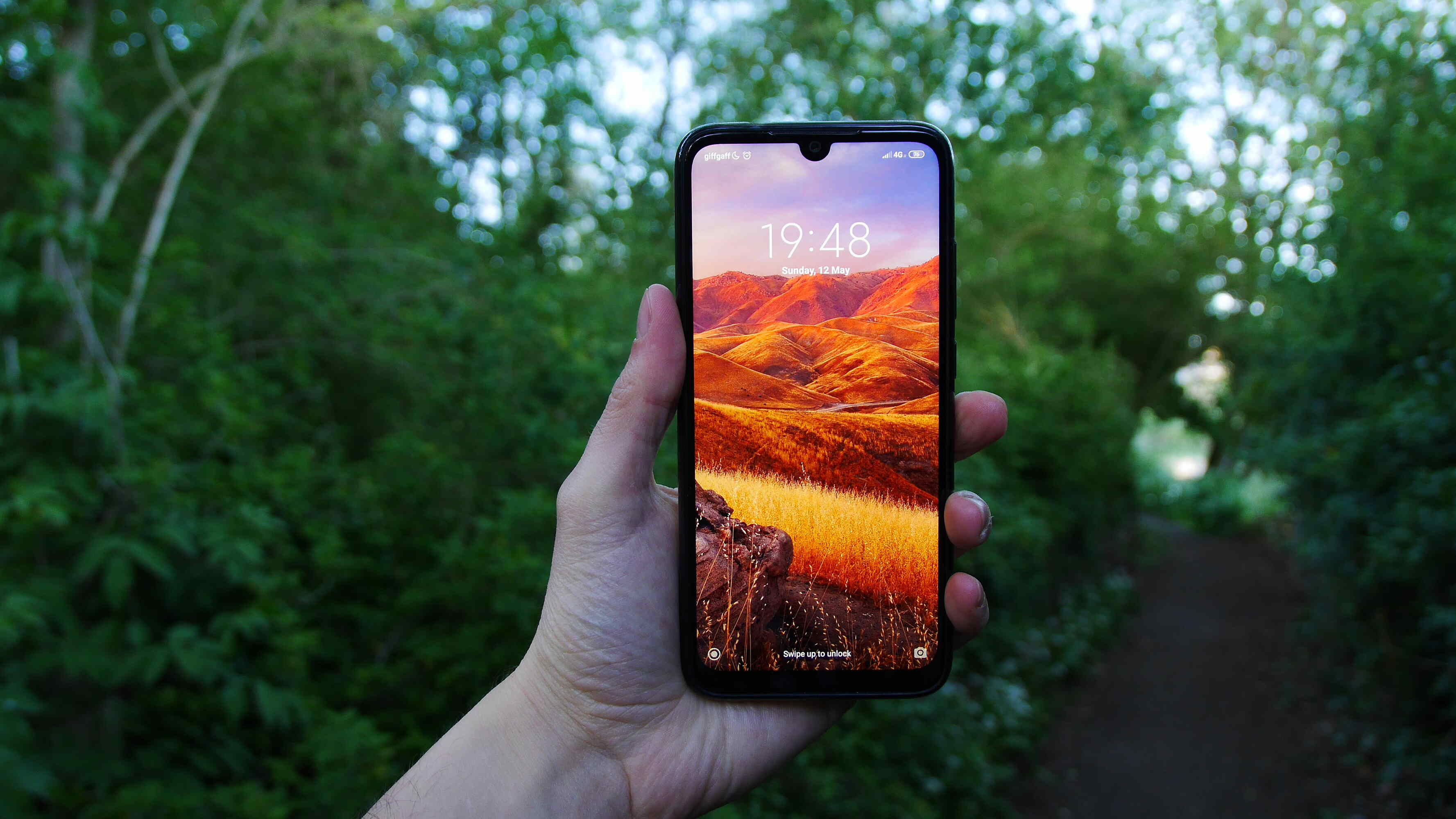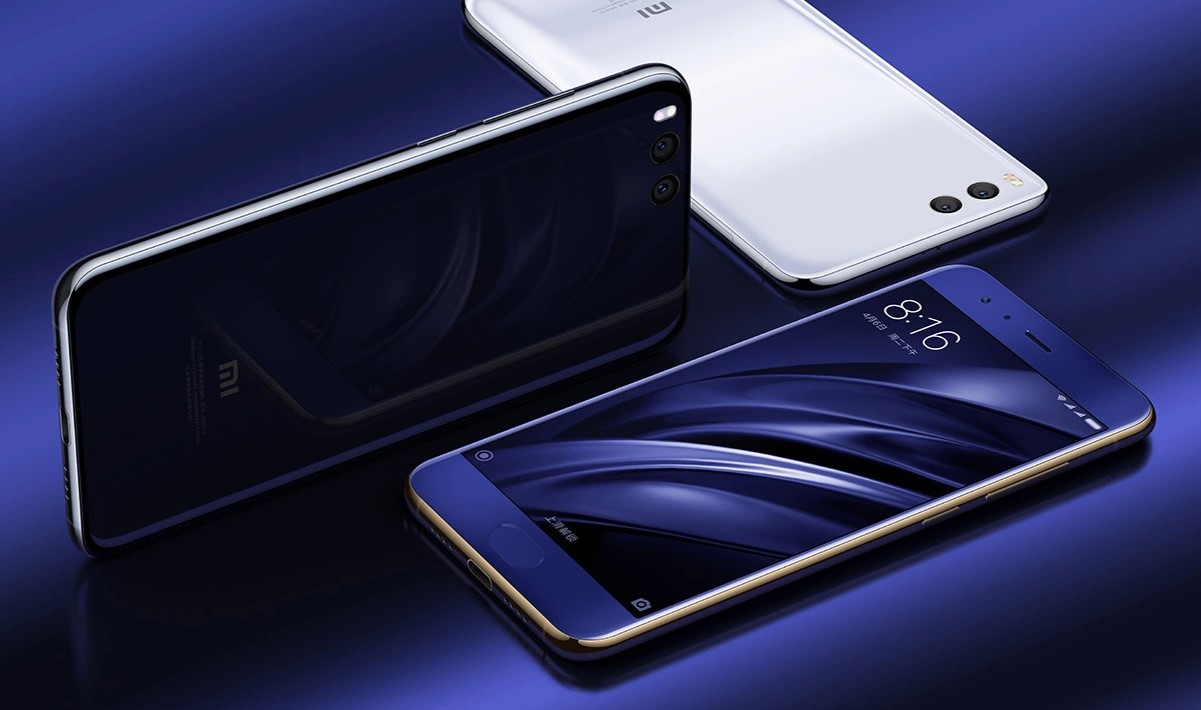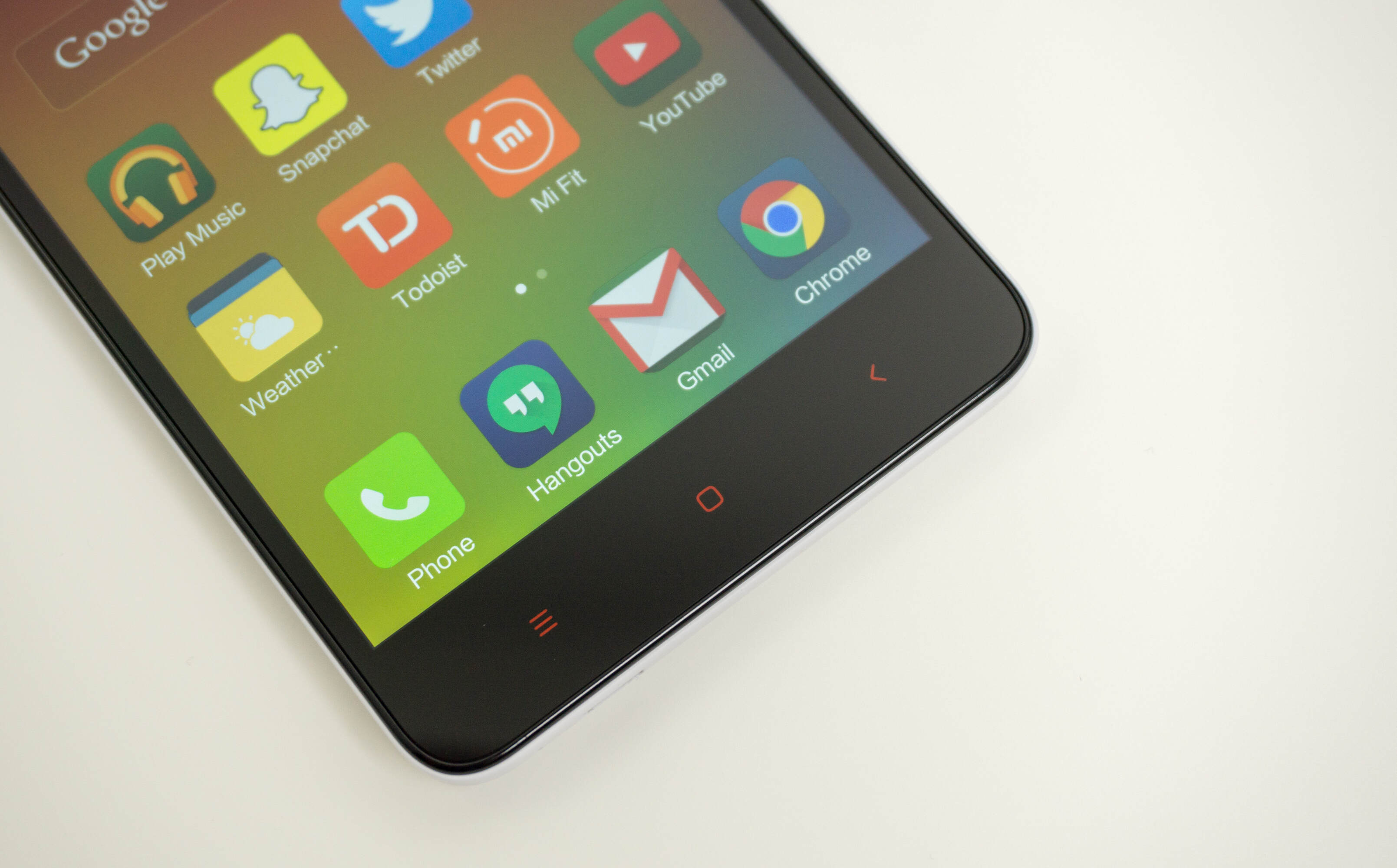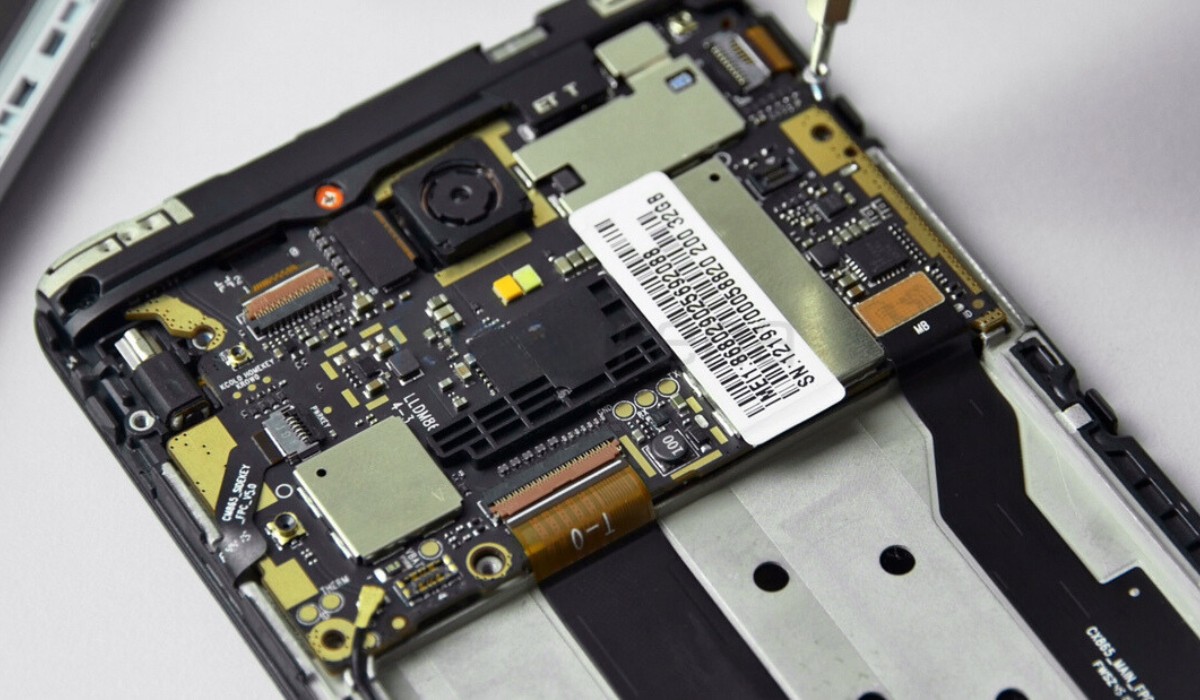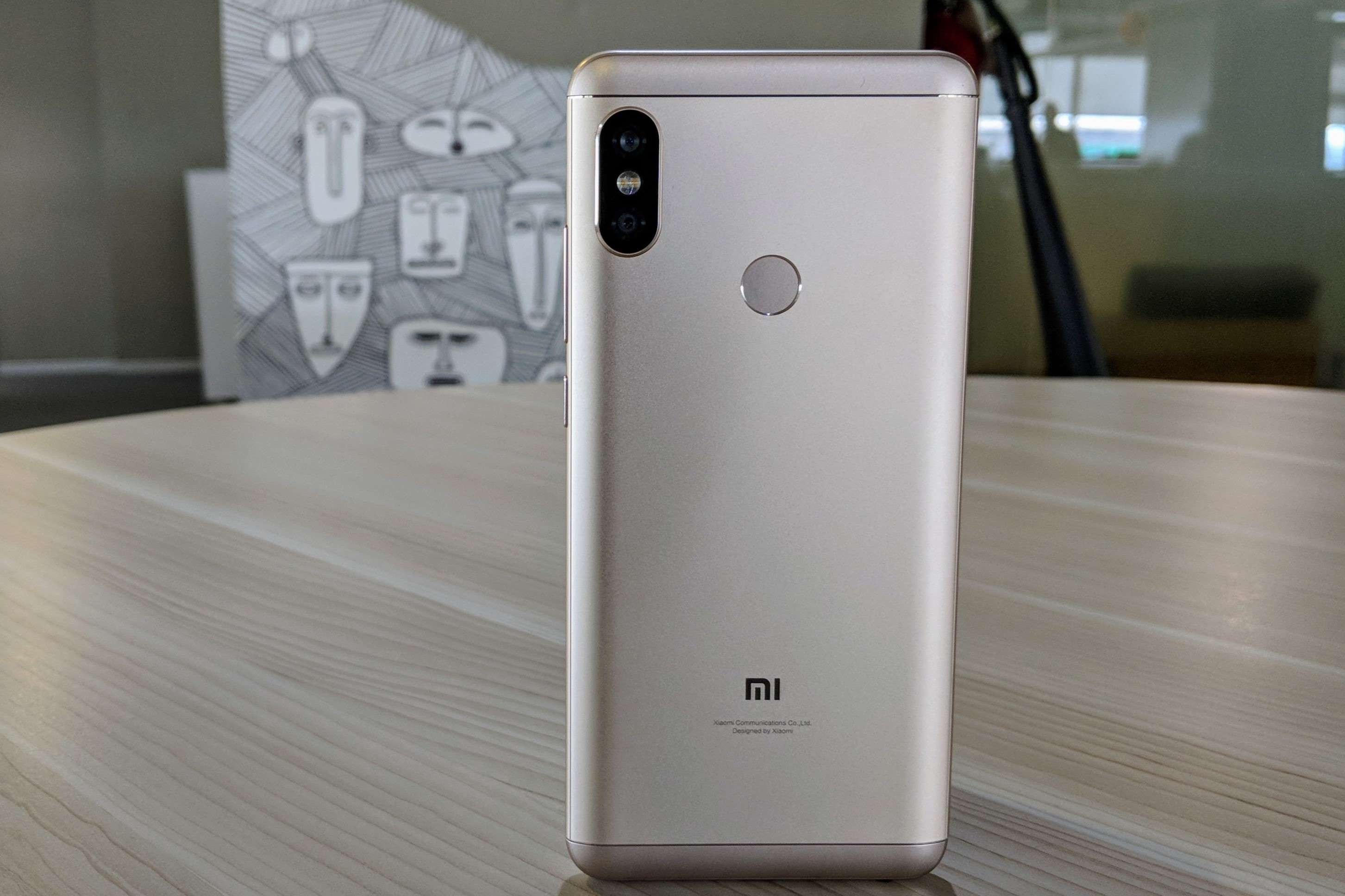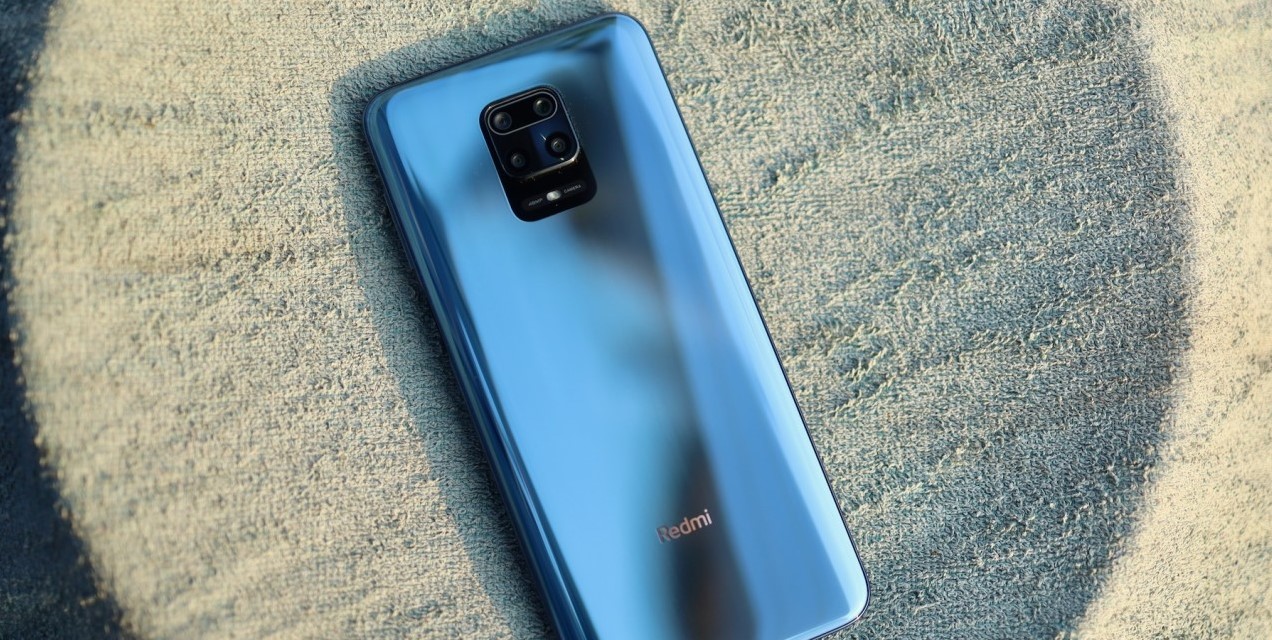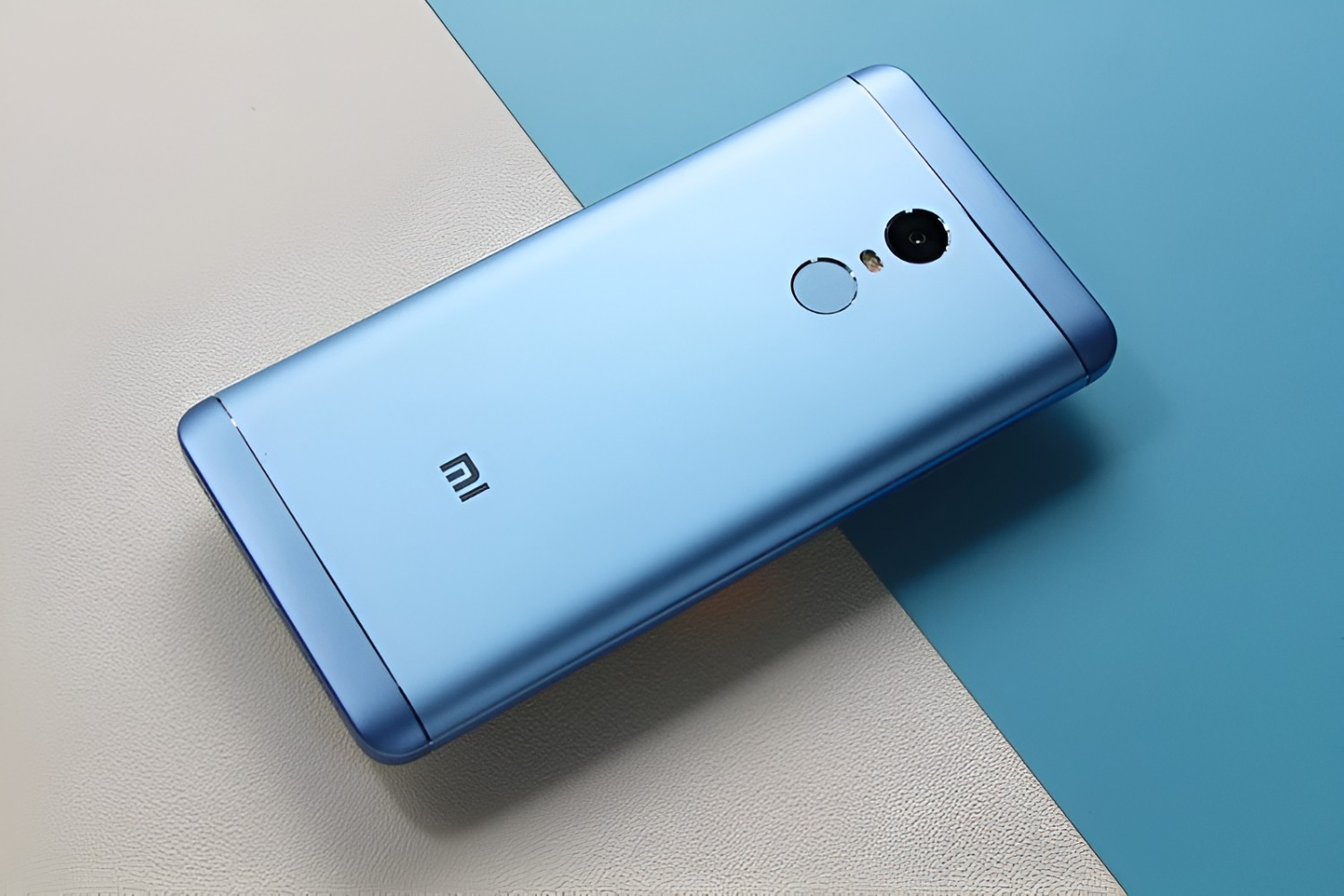Introduction
Upgrading the firmware of your Xiaomi Redmi Note 7 with TWRP recovery can significantly enhance the performance and functionality of your device. TWRP (Team Win Recovery Project) is a custom recovery that allows users to install custom ROMs, create backups, and perform system-level modifications. By leveraging TWRP recovery, you can unlock the full potential of your Redmi Note 7 and enjoy a more personalized and optimized user experience.
In this comprehensive guide, we will delve into the step-by-step process of upgrading the firmware of your Xiaomi Redmi Note 7 using TWRP recovery. This method provides a seamless and efficient way to access the latest firmware updates and unlock advanced customization options for your device. Whether you are a seasoned Android enthusiast or a novice user, this guide will equip you with the knowledge and confidence to embark on this firmware upgrade journey.
By the end of this tutorial, you will have a deeper understanding of the benefits of TWRP recovery and how it empowers you to take control of your device's software. So, let's embark on this exciting journey to elevate the performance and capabilities of your Xiaomi Redmi Note 7 through the seamless integration of TWRP recovery and firmware upgrades.
Preparing for the Upgrade
Before diving into the firmware upgrade process with TWRP recovery, it's crucial to adequately prepare your Xiaomi Redmi Note 7 to ensure a smooth and successful transition. This preparation phase involves several essential steps that lay the foundation for a seamless upgrade experience.
1. Ensure Sufficient Battery Level
First and foremost, it's imperative to verify that your Redmi Note 7 has an ample battery level to sustain the upgrade process. Ideally, the device should be charged to at least 50% to prevent any interruptions during the firmware upgrade. This precautionary measure mitigates the risk of the device powering off unexpectedly, which could potentially lead to software corruption.
2. Backup Important Data
Safeguarding your valuable data is paramount before initiating any firmware upgrade. Take the time to back up your photos, videos, documents, and any other critical files to an external storage device or a cloud service. While the upgrade process itself should not erase your data, having a backup provides an additional layer of security and peace of mind.
3. Unlock Bootloader (if necessary)
Depending on the specific firmware upgrade and the device's current state, it may be necessary to unlock the bootloader of your Redmi Note 7. This step is crucial for enabling the installation of custom recovery such as TWRP. It's important to follow the official guidelines provided by Xiaomi to unlock the bootloader safely and avoid any potential complications.
4. Download the Latest Firmware
Ensure that you have the latest firmware package for your Xiaomi Redmi Note 7 downloaded and readily accessible. This may involve visiting the official Xiaomi website or utilizing reputable third-party sources to obtain the appropriate firmware version compatible with your device model.
5. Enable USB Debugging
To facilitate seamless communication between your device and the computer during the firmware upgrade process, it's essential to enable USB debugging in the developer options of your Redmi Note 7. This setting allows for the efficient transfer of data and commands between the device and the connected computer.
By meticulously addressing these preparatory steps, you set the stage for a successful firmware upgrade with TWRP recovery. This proactive approach not only minimizes the likelihood of potential issues but also instills confidence as you embark on the journey to elevate the performance and capabilities of your Xiaomi Redmi Note 7.
Installing TWRP Recovery
Installing TWRP (Team Win Recovery Project) recovery on your Xiaomi Redmi Note 7 is a pivotal step in unlocking the full potential of your device. TWRP recovery serves as a gateway to advanced customization options, including the installation of custom ROMs, system-level modifications, and seamless firmware upgrades. By following the steps outlined below, you can seamlessly integrate TWRP recovery into your device, paving the way for a more personalized and optimized user experience.
1. Unlocking the Bootloader
Before proceeding with the installation of TWRP recovery, it is essential to ensure that the bootloader of your Redmi Note 7 is unlocked. Unlocking the bootloader is a prerequisite for installing custom recovery and is a crucial step in the customization process. Xiaomi provides official guidelines for unlocking the bootloader, and it is imperative to follow these instructions meticulously to avoid potential complications.
2. Downloading the TWRP Recovery Image
Next, you need to download the TWRP recovery image specifically designed for the Xiaomi Redmi Note 7. It is crucial to obtain the correct TWRP recovery image to ensure compatibility and seamless functionality. The official TWRP website or reputable third-party sources can serve as reliable platforms for acquiring the appropriate TWRP recovery image for your device model.
3. Enabling USB Debugging
To facilitate the communication between your Redmi Note 7 and the computer during the TWRP installation process, it is essential to enable USB debugging in the developer options of your device. This setting allows for the efficient transfer of data and commands between the device and the connected computer, laying the groundwork for a smooth installation experience.
4. Connecting the Device to the Computer
Once the necessary preparations are in place, connect your Xiaomi Redmi Note 7 to the computer using a compatible USB cable. This connection establishes the link required to transfer the TWRP recovery image to the device and initiate the installation process.
5. Flashing TWRP Recovery
Using appropriate software such as ADB (Android Debug Bridge) and Fastboot, flash the downloaded TWRP recovery image onto your Redmi Note 7. This process involves executing specific commands to install TWRP recovery, granting you access to a powerful set of tools and functionalities that transcend the limitations of the stock recovery.
By meticulously following these steps, you can successfully install TWRP recovery on your Xiaomi Redmi Note 7, unlocking a realm of customization and optimization possibilities. TWRP recovery serves as a catalyst for elevating the user experience, empowering you to explore the full potential of your device and embark on a journey of personalized Android customization.
Backing Up Your Data
Ensuring the safety and integrity of your data is paramount before embarking on any significant software-related endeavor, such as upgrading the firmware with TWRP recovery on your Xiaomi Redmi Note 7. The process of backing up your data serves as a crucial safeguard, providing peace of mind and a safety net in the event of unforeseen complications during the firmware upgrade. Here's a detailed guide on how to effectively back up your data before proceeding with the firmware upgrade process:
1. Utilize Built-in Backup Features
Take advantage of the built-in backup features offered by your Redmi Note 7. Xiaomi devices typically provide users with the option to create a comprehensive backup of their data, including app data, system settings, and personal files. Navigate to the device's settings and locate the backup and restore options to initiate the backup process.
2. Sync Data to Cloud Services
Syncing your important data, such as photos, videos, and documents, to cloud services offers an additional layer of protection. Platforms like Google Drive, Dropbox, or Xiaomi's own Mi Cloud provide seamless synchronization capabilities, ensuring that your data is securely stored in the cloud. This approach not only serves as a backup but also facilitates easy access to your data across multiple devices.
3. Transfer Files to External Storage
Manually transferring critical files to an external storage device, such as a microSD card or a USB flash drive, is a reliable method of creating a physical backup. This approach is particularly useful for large files or data that may not be suitable for cloud storage. By transferring your data to an external storage device, you establish a tangible backup that can be easily accessed if the need arises.
4. Use Third-Party Backup Apps
Explore the myriad of third-party backup applications available on the Google Play Store. These apps offer comprehensive backup solutions, allowing you to selectively back up specific data, including contacts, messages, call logs, and more. Evaluate and choose a reputable backup app that aligns with your data protection needs and preferences.
By diligently executing these backup strategies, you fortify your data against potential risks and ensure that your valuable information remains secure throughout the firmware upgrade process. This proactive approach not only mitigates the impact of unforeseen circumstances but also instills confidence as you progress towards enhancing the performance and capabilities of your Xiaomi Redmi Note 7.
Upgrading the Firmware
With the preparatory steps completed and TWRP recovery successfully installed on your Xiaomi Redmi Note 7, you are now poised to embark on the pivotal phase of upgrading the firmware. This process presents an opportunity to access the latest software enhancements, security patches, and performance optimizations, thereby elevating the overall user experience of your device. The following steps outline the seamless process of upgrading the firmware using TWRP recovery, empowering you to unlock the full potential of your Redmi Note 7.
-
Accessing TWRP Recovery: Begin by powering off your Redmi Note 7 and entering TWRP recovery mode. This can typically be achieved by pressing specific hardware buttons, such as the volume and power keys, during the device's boot sequence. Once in TWRP recovery, you gain access to a user-friendly interface that serves as the gateway to advanced firmware management and customization options.
-
Navigating to the Install Menu: Within the TWRP recovery interface, navigate to the "Install" menu, which enables you to browse and select the firmware package that you previously downloaded. This package contains the latest firmware update tailored for your Xiaomi Redmi Note 7, encompassing a range of improvements and optimizations designed to enhance the device's performance and functionality.
-
Selecting the Firmware Package: Locate and select the downloaded firmware package from the designated storage location within the TWRP recovery interface. This action initiates the firmware upgrade process, prompting TWRP recovery to seamlessly integrate the new software components into your Redmi Note 7's operating system.
-
Confirming the Upgrade: Prior to proceeding with the firmware upgrade, carefully review the selected firmware package to ensure its compatibility with your device model. Once confirmed, proceed to initiate the firmware upgrade process within the TWRP recovery environment, signaling the commencement of the software integration and optimization procedures.
-
Completing the Upgrade: As the firmware upgrade progresses, TWRP recovery provides real-time status updates, ensuring transparency and visibility into the installation process. Upon successful completion, the latest firmware is seamlessly integrated into your Xiaomi Redmi Note 7, bringing forth a host of enhancements and refinements that contribute to an elevated user experience.
By meticulously following these steps, you can effectively upgrade the firmware of your Xiaomi Redmi Note 7 using TWRP recovery, unlocking the latest software advancements and optimizations. This process empowers you to stay at the forefront of technological advancements, ensuring that your device operates at its full potential with the latest features and security enhancements. As you emerge from this firmware upgrade journey, you are poised to experience the tangible benefits of a seamlessly optimized and refined user experience on your Xiaomi Redmi Note 7.
Conclusion
In conclusion, the process of upgrading the firmware of your Xiaomi Redmi Note 7 with TWRP recovery represents a transformative journey that empowers you to unlock the full potential of your device. By meticulously preparing for the upgrade, installing TWRP recovery, backing up your data, and seamlessly integrating the latest firmware, you have embarked on a path to elevate the performance, functionality, and user experience of your Redmi Note 7.
The meticulous preparation phase, encompassing essential tasks such as ensuring sufficient battery level, unlocking the bootloader, and downloading the latest firmware, laid the groundwork for a seamless upgrade experience. These preparatory steps not only mitigated potential risks but also instilled confidence as you ventured into the realm of firmware enhancements and customization.
Installing TWRP recovery served as a pivotal milestone, granting you access to a powerful suite of tools and functionalities that transcend the limitations of the stock recovery. This custom recovery empowers you to explore custom ROMs, perform system-level modifications, and seamlessly manage firmware upgrades, thereby fostering a personalized and optimized user experience tailored to your preferences.
Backing up your data emerged as a critical safeguard, ensuring the safety and integrity of your valuable information throughout the firmware upgrade process. By leveraging built-in backup features, cloud synchronization, and third-party backup apps, you fortified your data against potential risks, thereby fostering peace of mind and resilience in the face of unforeseen complications.
The culmination of this transformative journey manifested in the seamless integration of the latest firmware using TWRP recovery. By navigating the intuitive TWRP interface, selecting the firmware package, and initiating the upgrade process, you ushered in a new era of software advancements and optimizations for your Xiaomi Redmi Note 7.
As you emerge from this firmware upgrade journey, you are poised to experience the tangible benefits of an elevated user experience, characterized by the latest software enhancements, security patches, and performance optimizations. Your Redmi Note 7 now operates at its full potential, equipped with the latest features and refinements that align with your evolving needs and technological aspirations.
In essence, the integration of TWRP recovery and the seamless firmware upgrade process have positioned you at the forefront of technological advancements, ensuring that your Xiaomi Redmi Note 7 remains a reliable and versatile companion in your digital endeavors. This transformative journey represents a testament to your proactive approach to device optimization and customization, culminating in an enriched and refined user experience that resonates with your unique preferences and aspirations.







